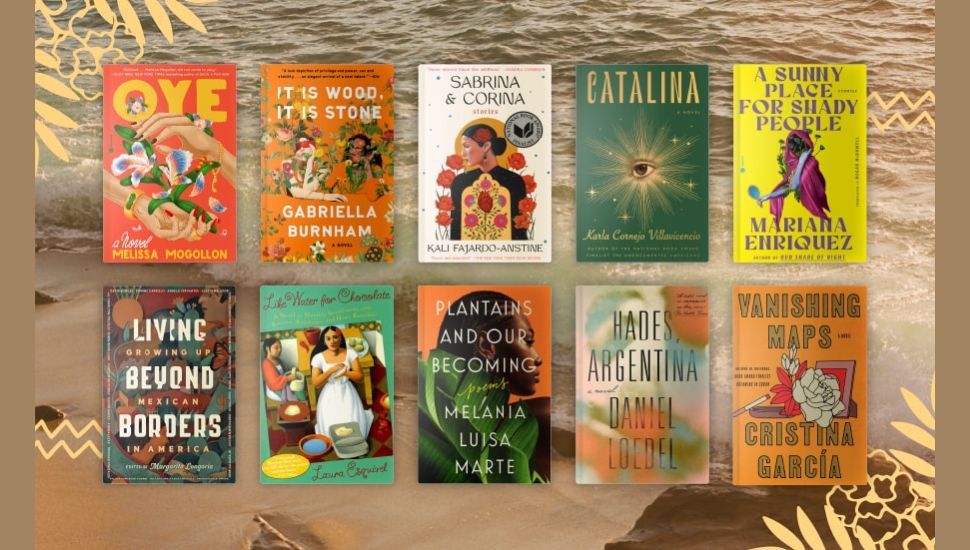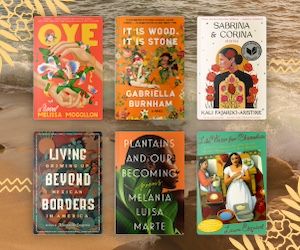
Shocker – The NEW YORK TIMES’ New Book Desk Won’t Include Romance
The New York Times’ book coverage is undergoing a bit of a shakeup, according to recent article in Publishers Weekly, titled “The ‘New York Times’ Books Desk Will Make You Read Again.” It’s a pretty bold claim, inferring that people aren’t currently reading and that the revamped and newly-introduced Books Desk will somehow revive a worldwide reading slump.
However, as a romance reader, there’s no such thing as a slump. Romancers are reading in droves, as they always have been, and unsurprisingly, the New York Times still hasn’t included the romance genre in their plan to breathe new life into their book coverage.
For those who haven’t read the article or would rather save themselves some time, the New York Times has lost a major book critic, Michiko Kakutani, whose spot will not be filled. But in terms of reorganization, the newspaper has created the Books Desk, rather than having their writers and reviewers spread out amongst several departments. They’ve also brainstormed ways to increase coverage of books without inundating the masses with more reviews. Some things in the pipeline are a new book recommendation column and another column focusing on audiobooks, both of which sound exciting.
Then the disappointment settles in with this comment by New York Times Book Review editor Pamela Paul:
But other growing categories, like e-book only and self-published books, will not be covered. “Frankly, many, many, many books have been thoroughly vetted and edited and worked on collaboratively, and we only review about 1% of those books,” Paul said. “For our editors to pay attention to the number of books that are coming out from every big publisher all the way down to the smallest indie publisher, and for them to do that job well, is job enough.”
Earlier this year, the New York Times announced that it was cutting some of their bestseller lists, including mass market paperbacks, which is a majority of the romance market. When major publications have some snide comment about romance or make it abundantly clear certain genres are welcome to be covered in their pages, I shouldn’t be surprised. This has been happened for years and when I kvetch about it, I’m either preaching to the choir of fellow romance readers or just screaming into the void of people who don’t see romance as legitimate reading.
Setting aside the self-publishing for a moment, let’s just focus on the e-book category mention in the above quote. Many of the Big Five publishers have digital-first or digital-only romance imprints. Harlequin, now owned by HarperCollins, has Carina Press. InterMix at Penguin Random House has Avon Impulse. St. Martin’s Press at Macmillan has Swerve. These books have passed through agents and editors, like every other print book has.
Yes, the sheer volume of books releasing in a given month is daunting and trying to fit any sort of coverage for them, be it reviews, lists, or what have you, when space is limited is a tough job. I’m not saying the New York Times doesn’t have a tough job to do, but Paul’s statement makes it seem as though e-book only books are simply not good enough when compared to books who make it to print.
Now onto self-published books. Yes, there’s a lot of muck to wade through, but self-published books are usually cheap and are low risk for romance readers who devour tens of books on a monthly basis.
My fellow Romance Rioter, Trisha Brown, did make an excellent point though regarding self-published books in that there are romance authors who have been traditionally published previously, but have now taken their books into self-publishing. They still have people editing their work and many have handfuls of books published from the Big Five under their belt. But by taking one of their books into self-publishing for whatever reason they may have for doing so, it’s as if they’re branded with some scarlet letter.
There are all sorts of biases in place for why romance isn’t covered by mainstream book outlets such as the legitimacy of the genre or the inherent sexism against a genre that is for and by women to name a couple. A bulk of coverage and discussion of romance seems to mainly happen online through Twitter, blogs, and the like. And to me, that echoes the familiar sentiment that reading romance is something that should be hidden.
I doubt that I’ll be changing any opinions at the New York Times anytime soon, but if romance can carve out a niche in the Gray Lady, it’d be a giant step (hopefully) in a wider acceptance of the genre.
Do I need the New York Times’s approval of my reading tastes? No, I don’t. I’m also sure the New York Times knows full well what they’re doing and leaving romance out isn’t some coincidence.
But I still hear from women about their embarrassment reading a romance in public. Just last month, a woman found out I was a book reviewer. She asked for recommendations and I asked what she liked to read. She leaned over to me and whispered behind her hand, “Romances.”
Within the last paragraph of the article, Paul talks about growth and how it’s not necessarily a bad thing to find new areas in which to grow. To me, though, those are empty words when they’re just trying to repackage the usual. Finding a new way to talk about the same books shouldn’t be the focus. If they truly want to experience change and growth, they should be attempting to reach audiences they haven’t bothered to reach before.
















